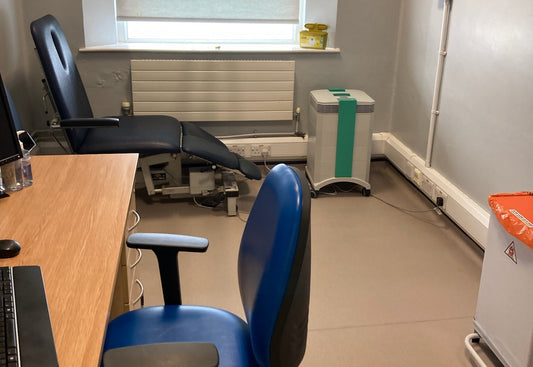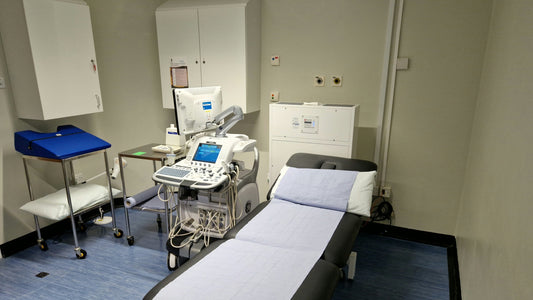Invasive Aspergillosis is a potentially life-threatening fungal infection that strikes patients whose immunity is compromised, such as those who have had bone marrow, or solid organ transplants, and patients with cancer being treated by chemotherapy, which hits immune white blood cells. While there are new anti-fungal drugs available which have helped improve Invasive Aspergillosis Prevention and the outlook for patients with invasive aspergillosis, hospitals still need to do all they can to prevent patients from contracting the infection in the first place. One of the most cost-effective steps will be the use of an aspergillus air purifier system.
The Centers for Disease Control and Prevention recommend the use of High-Efficiency Particulate Air (HEPA) purifiers to reduce counts of Aspergillus spores in the hospital environment. Use of HEPA filtration has been shown to reduce airborne fungal contamination and also to decrease the incidence of invasive aspergillosis. But ventilation systems with sufficient filtration are very difficult and costly to install in an existing hospital (you could plan for their installation as part of a new build, however).
Mobile air purifiers are effectively used as alternatives to high-efficiency ventilation systems. There are many different types of mobile/ free standing air purifiers, with different technologies used to remove particulate pollution (such as fungal spores) and gaseous pollution. There has been some recent research on the effectiveness of mobile air filtration systems in the clinical setting. For instance, use of the IQAir high-performance air filter was shown to reduce the incidence of invasive aspergillosis by 50% (from 34.61 to 17.51 per 100,000 patient days).
However, there have been few previous studies that compare mobile air purifiers' ability to decontaminate the air of Aspergillus under the same conditions. The Lille team have, therefore, made an important contribution that could help hospital managers make more informed choices on how to prevent airborne fungal infection.
Four different mobile air-treatment systems were tested. They used different technologies, including HEPA filtration. A sealed room was exposed to an aerosol containing a million Aspergillus spores and then the air purifiers were set to work, one at a time. Particles of size 0.5 microns or less and 5 microns or less were measured, as were fungal spore counts. This was done at intervals of 10, 20, 40, 60, 90 and 120 minutes and the experiments were repeated three times on three consecutive days. All of the air purification systems tested were effective in decreasing both airborne particle and fungal counts, but their efficacy did vary. For instance, at two hours fungal counts were significantly lower with the Plasmair T2006, MA1200 and the combined MA600/C250 than with the C1800. The Plasmair combines HEPA filtration with the destruction of microorganisms. The MA systems are HEPA systems, while the C250 and C1800 use photocatalysis to destroy microorganisms. All use a pre-filtration step which would help reduce the particle and spore count.
Whether these differences would be clinically significant in reducing the risk of IA depends on the results of further research – remember, there were no patients involved in this study. The researchers also point out that an air purifier alone is not enough to reduce airborne Aspergillus in a hospital. Other measures are important, such as:
- Reduction of mould sources, which involves strict food hygiene, no potted plants or flowers, or mould-harbouring foods like pepper, kiwi, and tea.
- Strict attention to hand hygiene.
- Limitation on opening and closing doors.
- Rigorous cleaning and disinfection of surfaces.
- Careful waste handling.
Our thanks to the Aspergillus website for pointing out new research that could protect hospital patients at risk of invasive aspergillosis. The report, from researchers in Lille, France, compares the efficiency of a number of different mobile air purifiers in ridding the air of Aspergillus.




